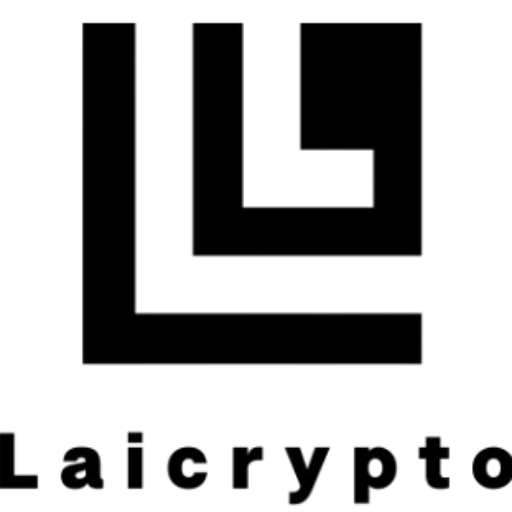Author: Michael Johnson
Community & educationBlockchainsForSchoolsSponsorship of BlockchainsForHacks, an ideation challenge for high school and college students to create innovative projects using blockchain technology.Cryptography & zero knowledge proofsHubbleContinued funding for work on an optimistic rollup hub allowing creation of any rollup chain simply by writing a solidity function.Cryptography & zero knowledge proofsZkopru (zk-optimistic-rollup)Layer-2 scaling solution for private transactions using zk-SNARKs and optimistic rollup. Github: https://github.com/zkopru-network/zkopruCryptography & zero knowledge proofsDark ForestGame theorietic research completed by a group of Stanford students on using zk-SNARKs to construct “incomplete information” environments where users can keep a private state while publicly submitting verifiably valid actions. Dark Forest was…
While everyone is staring in amazement on December 1st, 12pm UTC anticipating the Eth 2.0 Beaconchain genesis, within the JavaScript team we quietly prepared our own little genesis release in the shadows. Being very much around the good ol’ Eth 1.0 chain we are nevertheless very much excited on this too. 😀 Some background story: the EthereumJS ecosystem around the VM consists of a very modular set of libraries (vm, blockchain, merkle-patricia-tree, tx,…), each encapsulating its own dedicated set of functionality. While this is great for the user, it turned out to be not so great for development since it…
Minimum ETH threshold hit 🎉; genesis on December 1st, 12pm UTC Get your nodes running! and monitor updates through genesis 👀 Eth2 genesis, December 1st. Get ready! This week, the deposit contract hit the minimum threshold of 16384 32-ETH validator deposits, kicking genesis into motion. Genesis time is 1606824023 — that is, December 1, 2020, 12:00:23pm UTC. If you made genesis deposits, please make sure you’re an active participant this week. Set up your node 🖥 It’s time to configure your node. Sync your eth1 client (start now! this can take some time), set up your favorite eth2 client, and…
A note about the Stateless Ethereum initiative: Research activity has (understandably) slowed in the second half of 2020 as all contributors have adjusted to life on the weird timeline. But as the ecosystem moves incrementally closer to Serenity and the Eth1/Eth2 merge, Stateless Ethereum work will become increasingly relevant and impactful. Expect a more substantial year-end Stateless Ethereum retrospective in the coming weeks. Let’s roll through the re-cap one more time: The ultimate goal of Stateless Ethereum is to remove the requirement of an Ethereum node to keep a full copy of the updated state trie at all times, and…
Within the next few weeks, we’ll be winding down Ethereum Studio. Please use this time to download any projects you have saved. To download your project, use the download icon in the file explorer. If you’re looking for another web environment for your Solidity development, we recommend Remix. Also, we encourage you to consider setting up a local development environment. For tools, documentation, and more, check out our developer portal. Why sunset Studio? The education resources and developer tools available in the community have improved significantly since we added Studio to the website. We’re re-evaluating Studio’s role, and while we…
Friends, Leaves have fallen for those in the global north, Summer is on the way in the south, and ETH is staked across the globe. The jolliest of holidays has arrived, the birth of the beacon chain. Moreover, incredible progress has been made in recent months by all EF supported teams. But without the ability to interact in person recently, we might’ve missed quite a bit from one another. So as this unique year draws to a close, we’re excited to bring a whole host of detailed updates to you from some of the teams that help to move Ethereum…
T’was the day before genesis, when all was prepared, geth was in sync, my beacon node paired. Firewalls configured, VLANs galore, hours of preparation meant nothing ignored. Then all at once everything went awry, the SSD in my system decided to die. My configs were gone, chain data was history, nothing to do but trust in next day delivery. I found myself designing backups and redundancies. Complicated systems consumed my fantasies. Thinking further I came to realise: worrying about these kinds of failures was quite unwise. Events The beacon chain has several mechanisms to incentivise validator behaviour, all of which…
We hope that you are all excited for the upcoming year-end holidays. Today, we’ve got some exciting new changes to announce for Ethereum.org’s Translation Program and some milestones to celebrate. To start, we can’t thank you enough for all of your support this year. Thanks to you we’ve been able to update 16 languages in 2020! And since our launch 13 months ago, unique pageviews of translated content have grown 10 times more than last year. 🎉 But we don’t want to stop there… Help us with v2.0+ Today we’re announcing our next big content push that’s ready for translations.…
We’re here with our last hurrah before we head into 2021 – read on for the latest news on a few grantees! Gitcoin for CLR matching Gitcoin’s CLR grants were one of the first real-world uses of quadratic funding, with the number of unique contributors to a grant carrying greater weight than the dollar total in determining the match amount. CLR grants have come a very long way since the first round in early 2018! With 16 organizations and almost as many individuals pledging matching funds as of Round 8, it has grown into a truly community-driven support system for…
At the start of December, the Ethereum community bootstrapped the new beacon chain proof-of-stake consensus mechanism — the foundation of Ethereum’s long-term and sustainable home. The launch was a resounding success, and the operation of the beacon chain has proved, thus far, stable and robust. As I write these words, the beacon chain is live with more than 2.5M ETH securing its consensus. So this is the “state of eth2” today. But what’s next? What’s on the horizon, and where are we going? This post aims to provide high level context on the state of Ethereum’s eth2 upgrade — an…


